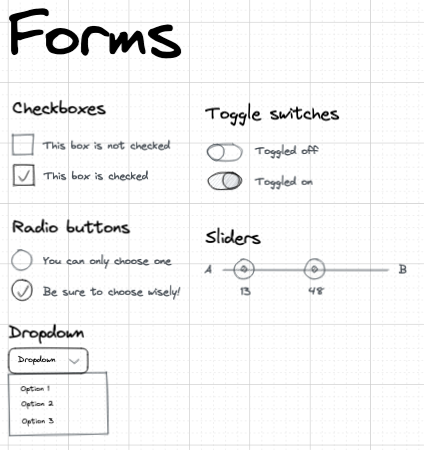Load testing web forms
# Load testing form submissions
Forms are everywhere on the web. Some forms are obvious: a web survey, a signup or login form, or a newsletter subscription. Other common interactions on the web also rely heavily on forms that are not as obvious, such as many “Add to cart” buttons on web shops and e-commerce platforms. Load testing any interactive process that a person using your website might perform usually involves modeling form submissions in the load test. In this article, we’ll cover some basics about how forms work, and how you can load test any form using Loader.
# What is a form and how does it work?
On the web, forms use the <form> HTML tag, together with at least some<input> and <button> tags to create elements that allow people to enter data. By default, there is no interaction between a browser and the server while someone is interacting with the elements of a form. The data entered into all the the inputs of a form will be encoded and sent to the server when the form is submitted.

Forms are a
# Structure of an HTML Form
# The <form>
# The <input>
The <input> elements within a form can take different forms: among the simplest is the humble text input, which allows people to type text data into a webpage:
|
|